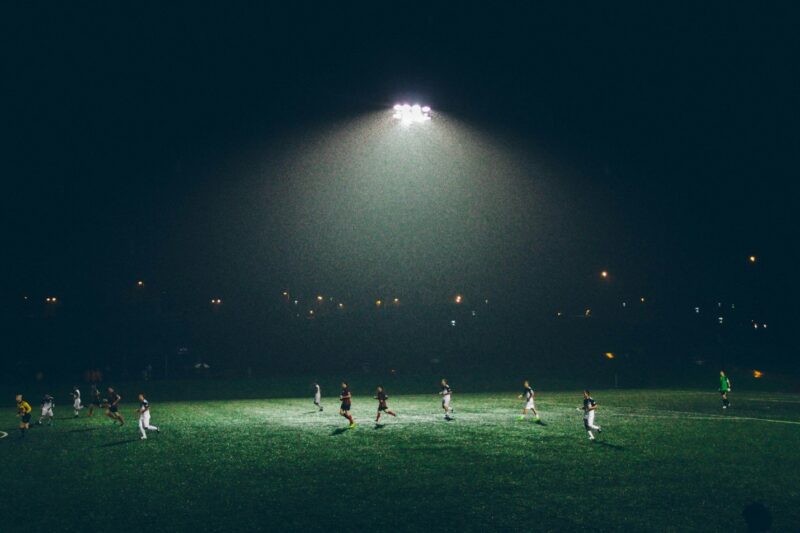According to a survey in 2024, around 94% of athletes reported experiencing at least one injury during their career. Football and boxing were identified as the two key sports with the highest injury rates.
Brain injuries, if left untreated or poorly managed, can lead to life-threatening complications and even death. This highlights the importance of educating about sports-related injuries and their prevention strategies.
So, what falls under safety protocols for athletes? In this piece of writing, get insight into some basic yet effective safety measures that allow them to perform sports activities in a risk-free manner.
Practical Tips for Injury Prevention in Athletes
Many factors contribute to the high occurrence of sports injuries in sport players. Here are some simple precautions to help you maintain consistent performance without unnecessary risk.
1. Warm-up Drills
Always start with warm-up drills as they prepare the body for upcoming physical activity. They gradually increase body temperature and improve blood flow to the muscles. This enhances overall flexibility, leading to more stable body movements. With proper warm-ups, the overall risk of sport-related injuries is significantly reduced.
2. Proper Training
Performing any sport without proper training can also cause serious injuries due to inflexibility and instability. Make sure you include strength and mobility exercises according to your sport. Strength training, such as deadlifts, front squats, and back squats, helps build stamina. Likewise, mobility exercises like neck rotations, incline pigeon, and lunges improve body flexibility and support stable body movements.
3. Practicing Different Sports
Indulging in the same sport every day can eventually strain specific muscles and joints. Physical burnout may cause muscle fatigue or ligament tears, leading to poor performance and a higher risk of injuries.
Make sure to engage in a variety of sports, both contact and non-contact ones. This strategy balances muscle use and improves overall body functioning without causing inflammation.
4. Following Recovery Routine
In case of injury, ensure adequate rest before resuming sports activities; otherwise, minor injuries can turn into permanent health complications. Depending on the severity, your healthcare professional may suggest both pharmaceutical and non-pharmaceutical treatments.
Follow the given instructions carefully and maintain a healthy diet for faster healing. Also, follow a holistic care routine by including supportive treatments such as gentle stretches, massage, or creams for pain management.
5. Healthy Diet and Adequate Hydration
A healthy, well-balanced diet is crucial for athletes to obtain all the essential nutrients needed for physical performance. Focus on foods rich in vitamins, minerals, protein, and carbohydrates, as these help repair damaged muscles quickly.
Moreover, consume enough liquids before, during, and after sports to prevent dehydration and electrolyte imbalance. Proper hydration supports smooth body movement and helps prevent fatigue or cramps. In short, a good diet and sufficient water intake significantly reduce the impact of minor injuries.
Related: Robson: Rashford’s Attitude Must Change If He Returns To Man United
6. Protection Gear
Whatever sport you choose, always perform it with proper safety measures. Use the recommended safety gear, like knee and arm pads, helmets, and gloves, to minimize the risk of serious injuries. In the event of a fall or accidental collision, the protective gear reduces overall impact and helps prevent fractures and serious tears.
7. Resting Intervals
Performing sports without taking any breaks is one of the leading factors behind severe muscle damage. Research indicates that continuous physical activity without rest can trigger overtraining syndrome, leading to poor performance.
When you give your body enough time to recover, it returns to its normal state and aids in sustainable performance levels. On the other hand, skipping rest intervals leads to chronic fatigue and increases the risk of serious injuries. So, be gentle to your body and have adequate rest intervals.
Bottom Line
The importance of physical activities for students’ overall growth is undeniable. However, sports injuries can adversely affect an adult’s development and, in some cases, lead to serious complications.
So, always follow simple precautions, such as proper nutrition, effective warm-ups, training, and safety gear, to minimize injury risk. With proper planning and care, college athletes can explore their full potential and enhance physical performance safely.








